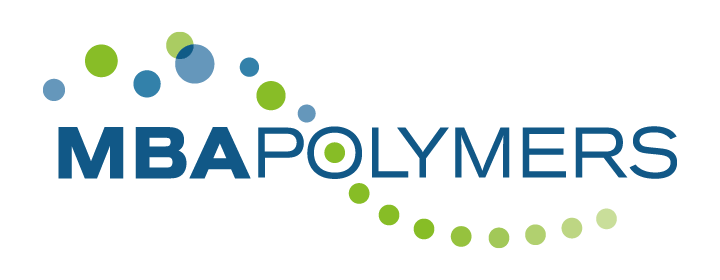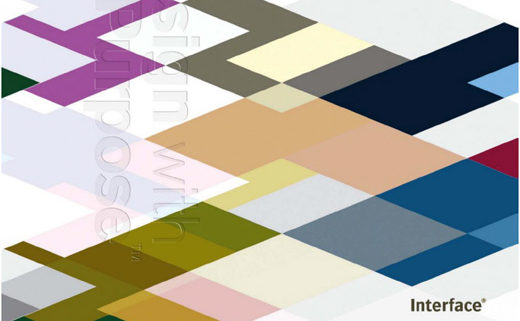Sustainable design spotlight: Interface
This month, we’re putting the sustainable design spotlight on Interface, the global carpet tile manufacturer. Interface has been blazing a trail in sustainable business since the 1990s, when its founder, Ray Anderson, decided to revolutionise the way the company did business. He was inspired to move from ‘pillaging’ to protecting the environment by developing a new restorative business model and creating innovative, sustainable designs.
And so the Interface ‘Mission Zero’ commitment was born. The company aims to make no negative impact on the environment by 2020…and it’s making progress. In January 2014, Interface announced that it was operating with 100% renewable energy, using virtually zero water in its manufacturing processes and has attained zero-waste-to-landfill status. It has also reduced its carbon footprint by an impressive 90% since 1996.
According to the Interface ‘Design with purpose’ story, ‘design’ only applies to the surface of a product, but, the company says, for them it goes much deeper. It views design as a ‘mindset’, a way of continually innovating to exceed customer expectations. And of course, it aims for all its products to be sustainable while delivering great quality and performance.
Let’s look at an example of Interface’s approach to design in action. The Interface Net Effect collection of carpet tiles is inspired by the sea and manufactured using up to 81% recycled content, including recycled nylon fishing nets…
Discarded or lost fishing gear (including nylon fishing nets) account for some 10% of marine litter, according the United Nations Environment Programme (UNEP). The nets drift for many years, ensnaring species including turtles, seabirds and marine mammals. They also damage ecosystems and gradually enter the food system. Clean-up operations are complex and costly. However, Interface spotted a business opportunity in addressing this issue, one that would also help local communities.
Working with the Zoological Society of London, it is collecting fishing nets on the Danajon bank in the Philippines, and building a commercial viable supply chain to transform this post-consumer nylon into raw material for new carpet tiles. The project, called Net-Works, gives the nets a value and therefore incentivises communities to organise beach clean-ups and avoid discarding nets in the first place. Local people benefit from an additional revenue stream, while Interfaces builds a restorative loop in carpet tile production and benefits financially by avoiding the need to purchase virgin raw material.
The Net Effect collection features six modular carpet tiles options with a design reminiscent of swirling currents, thereby connecting people with the emotions and memories they associate with the seaside, while evoking the Net-Works partnership.
To learn more about the Net-Works partnership, please click here.

